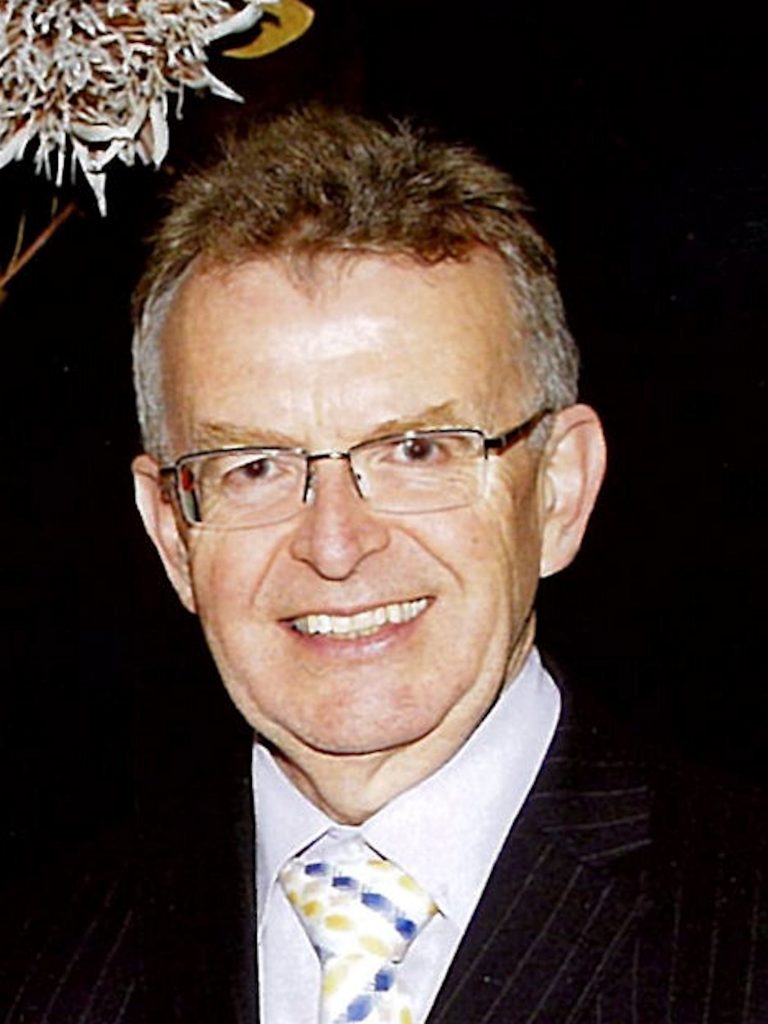 Greg Adamson, 2015-2016 SSIT President
Greg Adamson, 2015-2016 SSIT President The year 1962 saw the publication of at least three important works related to technology and society. Rachel Carson, a marine biologist, described the technical failures and environmental impact of the insecticide DDT. E.F. Schumacher, an economist, discussed “intermediate technology” in addressing the often difficult rollout of new technologies to developing countries. Thomas Kuhn, who had trained as a physicist, explained that science, and by implication technology, was something that humans engage in, and which therefore suffers the foibles of all human activity.
Ten years later, in 1972, the Society on Social Implications of Technology (SSIT) was first formed within IEEE. In the following decades, these ideas were argued, debated, revised, expanded – and seen among many in the engineering community as issues that needed to be considered.
In subsequent decades, environmental, development, ethical, and other societal concerns were felt throughout the technical professions. In many cases it was the technology community that had the skills and knowledge to address challenges created by preceding technology, such as cleaning up pollution.
By the 2000s, IEEE had embraced the need for technologists to take responsibility for our work. The tagline “Advancing Technology for Humanity” places IEEE among those who consciously want to make the world a better place. Through IEEE’s Code of Ethics (point 5) IEEE members agree “to improve the understanding of technology; its appropriate application, and potential consequences.”
So has SSIT fulfilled its task? The insights of the 1960s and 1970s are now an accepted part of our ethical compass. There is no evidence, however, that the world is simplifying. Three key ethical challenges I see in coming decades are: the future of work; the prospect of autonomous warfare; and the interface between humans and machines. Last year SSIT co-sponsored a conference on Norbert Wiener in Boston, and in July 2016 a second conference will be held at the University of Melbourne in Australia. Wiener had written on each of these challenges from a technology and society perspective in the 1940s and 1950s.
Drawing on Members
Since taking office as IEEE-SSIT President, I have discovered that something over one-fifth of our members are either IEEE Fellows, Life Members, or both. This represents an enormous depth of talent, and I would like to finish this column with a challenge: how can SSIT benefit from this knowledge and experience, in engaging with IEEE, but also with the wider technology community and society at large? You can send any ideas to g.adamson@ieee.org, and I promise to respond.
Author
Greg Adamson, 2015 IEEE-SSIT President, is with the School of Engineering, University of Melbourne, Australia. Email: g.adamson@ieee.org.






 JOIN SSIT
JOIN SSIT